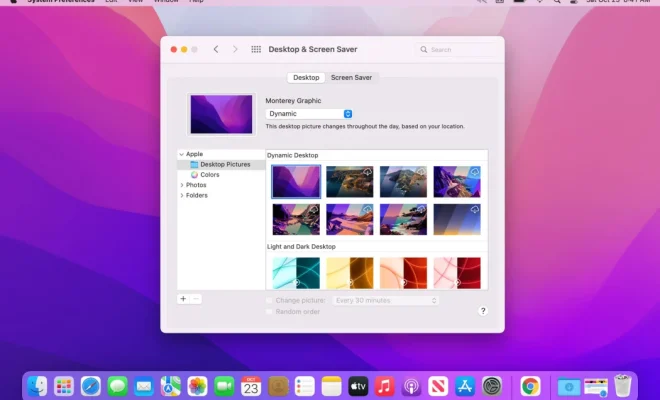AI Misinformation: Why It Works and How to Spot It

In today’s fast-paced, digital world, artificial intelligence (AI) plays an increasingly prominent role in shaping our lives. From providing personalized recommendations to offering lightning-fast customer support, AI has revolutionized the way we interact with technology. However, its widespread adoption has also led to the rise of a dangerous phenomenon – AI misinformation.
AI misinformation refers to any false or misleading information generated by or propagated through AI systems. Such misinformation can easily lead people into believing and spreading it without questioning its veracity. In this article, we will discuss why AI misinformation works so efficiently and provide some helpful tips on how to spot it.
Why AI Misinformation Works
1. Realistic Content Generation: One of the primary reasons for the effectiveness of AI-generated misinformation is the exceptional ability of AI algorithms to produce realistic content. By using cutting-edge techniques like deep learning and natural language processing, AIs can generate highly convincing fake news, images, or even videos.
2. Lack of Context: AI-generated content often exploits people’s tendencies to trust information that seems relevant and easily understandable by presenting it in a simplified manner without proper context.
3. Speed: Another reason why AI misinformation works so well is its ability to disseminate false information rapidly, often much faster than humans can fact-check it.
4. Confirmation Bias: Misinformation is more likely to be accepted when it confirms one’s existing beliefs. AI systems that analyze user behavior and create tailored content can exacerbate this cognitive bias even further.
How to Spot AI Misinformation
1. Verify the Source: The most effective way to detect if a piece of content is genuine or not is by confirming the credibility of its source. Check if the information comes from a reputable media outlet or if the authors are experts in their respective fields.
2. Look for signs of automation: AI-generated text or images may contain patterns or slight imperfections that give away their origin. Analyze the grammar, syntax, and punctuation in a given text, or check for inconsistencies in images such as odd shadows or lighting.
3. Fact-check: Use independent fact-checking websites to verify the accuracy of any questionable information you come across.
4. Develop Media Literacy: Cultivate the habit of questioning information and its source and strive to understand how AI-generated content can be deceptive and manipulative.
5. Adopt a Critical Approach: When exposed to new information, be skeptical and ask yourself whether it confirms your existing biases or whether there is another side to the story.
AI has tremendous potential for improving our lives, but its misuse poses significant risks. By remaining vigilant and learning how to spot AI misinformation, we can mitigate these risks and make better-informed decisions in our digital world.





